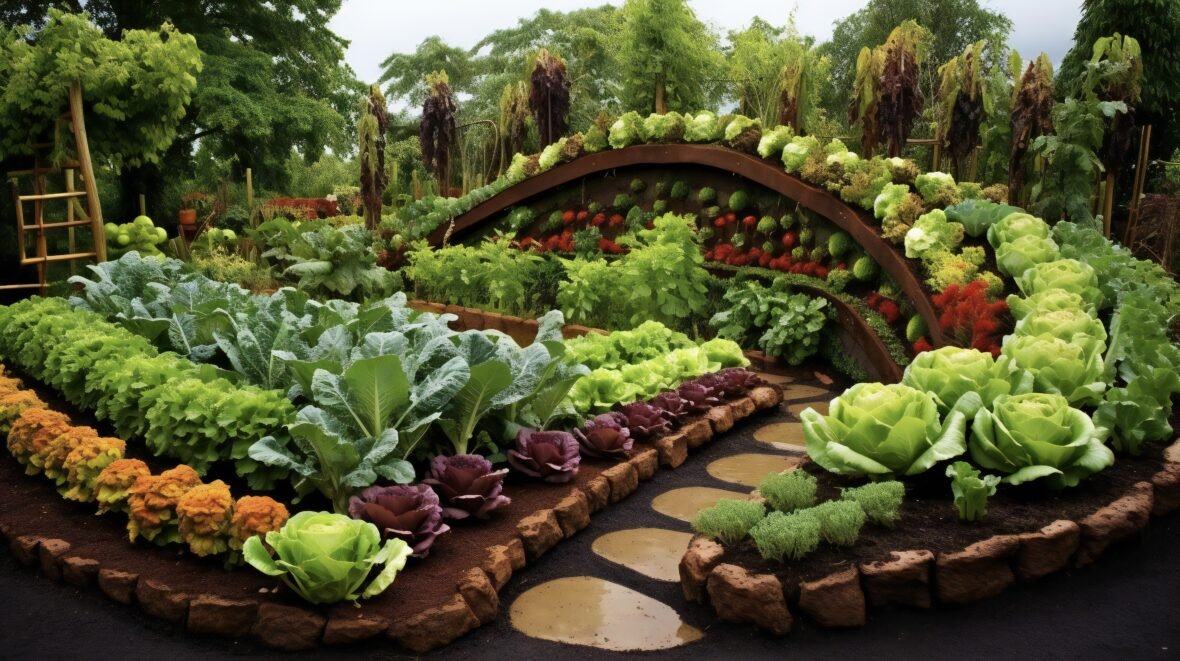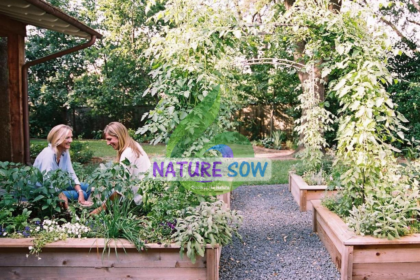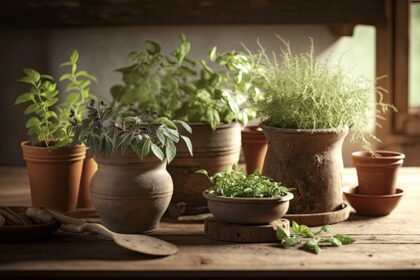Small Space Vegetable Gardening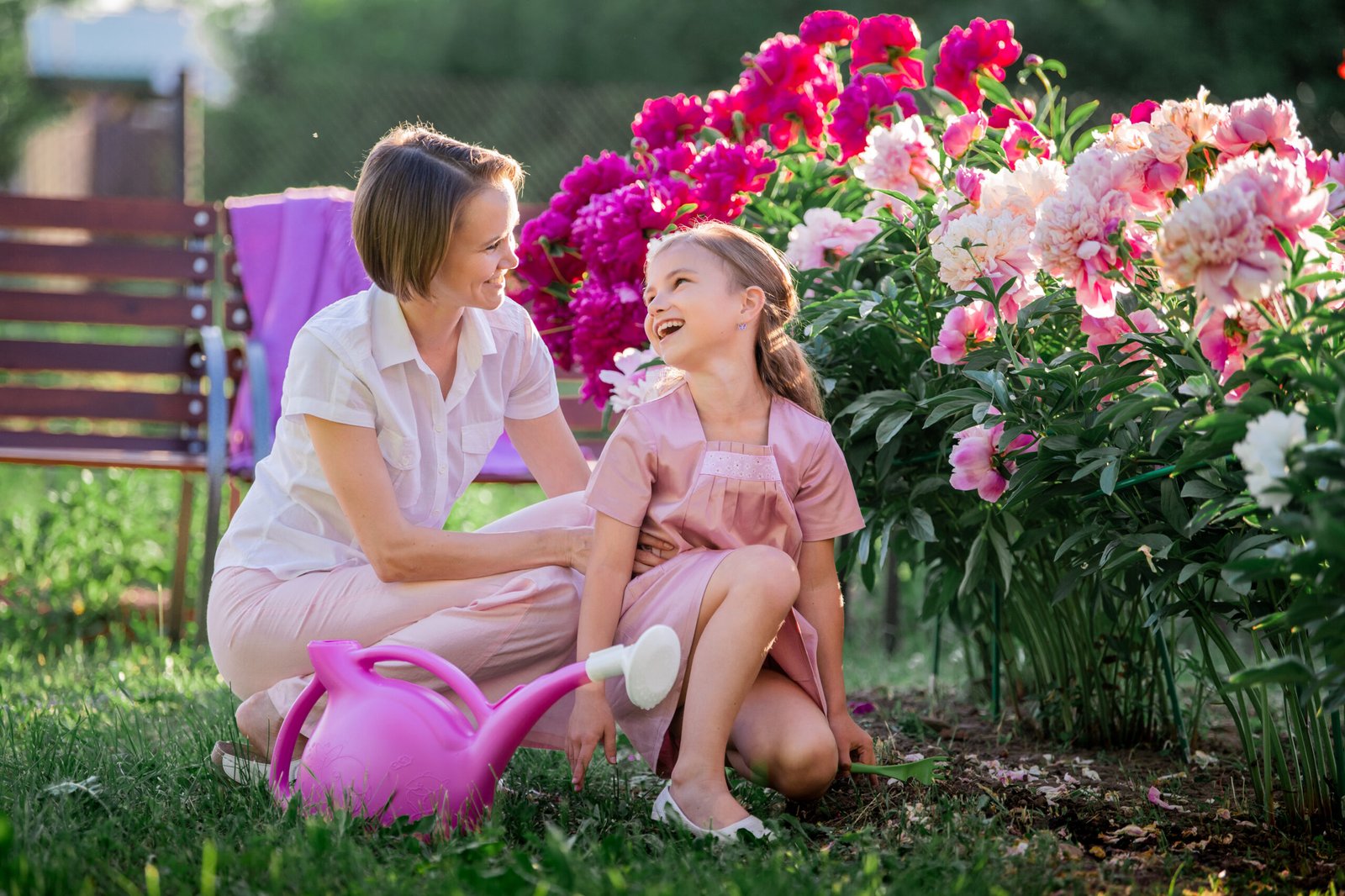
You don’t have to settle for that little potted basil plant on your windowsill; any small outdoor space can be transformed into a beautiful, productive vegetable garden, or a fire escape into a fresh-food oasis. If you plan ahead and make the most of your room, even a 10×10 plot can grow 100 pounds of food.
Industrial agriculture has many bad effects on the environment, such as poisoning the air and water, using a lot of energy, and killing habitats. From 1990 to 2019, 10% of all greenhouse gas pollution in the US came from agriculture. Growing vegetables is becoming more environmentally friendly, with a 12% increase from 1990. It eliminates shipping, packaging, and refrigeration costs, providing weeks’ worth of produce for a few dollars.
Planning is necessary while gardening, though, particularly in smaller spaces. Making plans for your new garden is a wonderful way to remind yourself that spring is coming, especially during these last few very cold weeks of winter. This is the way to get going.
Aslo reading: Healthiest Vegetables for Home Growing
Select Your Crops
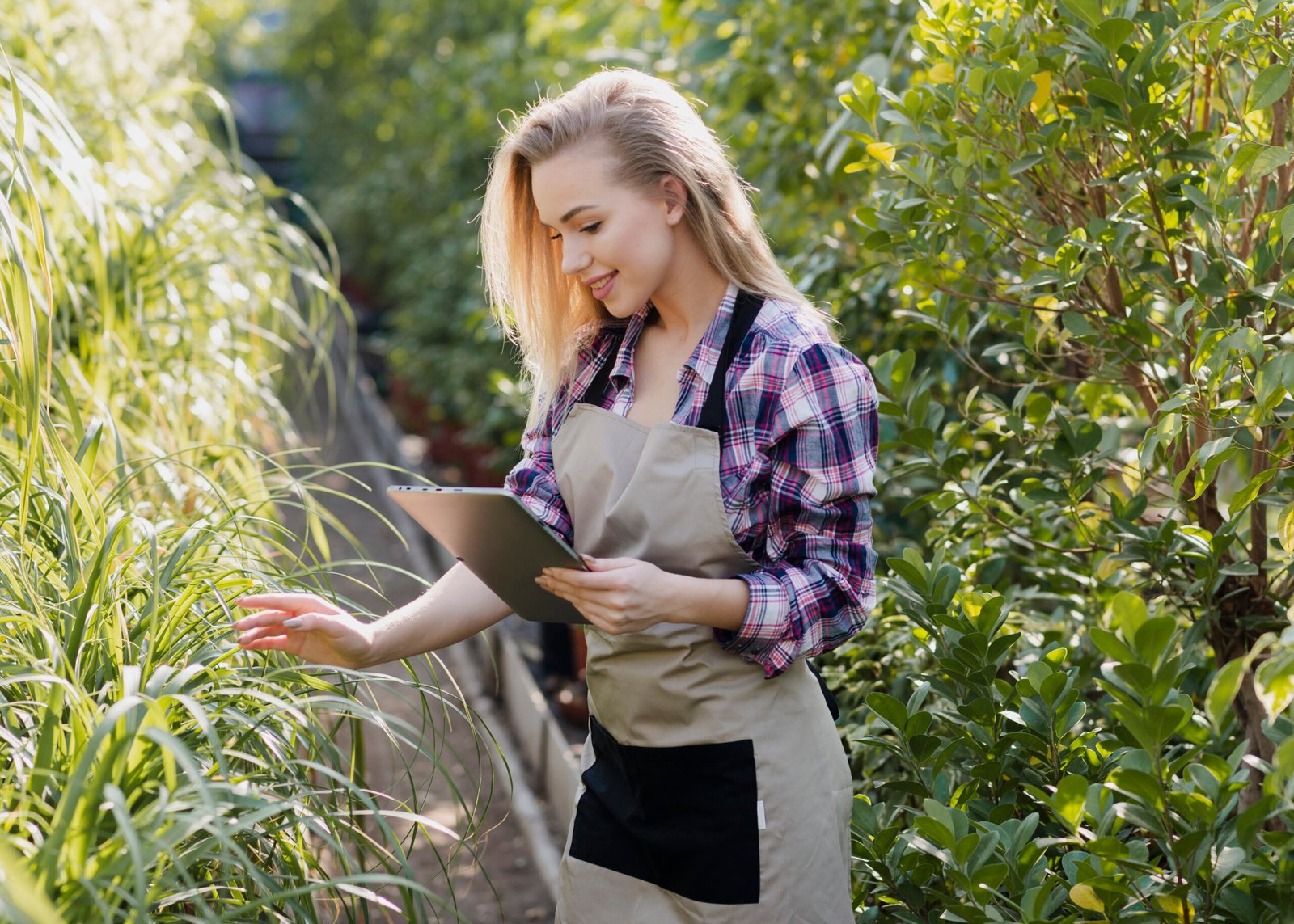
It might be intimidating to face that wall of seed packets at the gardening store. Select plants that will flourish in the circumstances you can provide and provide an abundant crop rather than picking random ones.
High-Producers
Select plants such as pole and runner beans, tomatoes, cucumbers, beets, peppers, peas, kale, zucchini, lettuce, and salad leaves that may still give a lot of food even in cramped conditions. Select produce that can be picked more than once, such as maize and carrots, and instead go for veggies like bell peppers, squash, and tomatoes that will continue to produce throughout the season. After being harvested, peas, beans, and numerous leafy greens such as spinach, kale, romaine lettuce, Swiss chard, and arugula will continue to produce.
Grow Up, Not Out
Climbing plants with trellising grow upwards to make the most of your area. Vines can be guided upward by stakes, fences, cages, or trellises. Alternatively, plants can be encouraged to climb by tying string to a trellis along one side of an elevated bed and extending it across the plot.
Cucumbers and vine squash often take up a lot of room, but if you trellis them properly, they will grow much higher. Peas and beans, such as Kentucky Blue Pole Beans, proliferate swiftly and copiously. Pole bean variants spread less and grow more vertically than bush bean variations.
Smaller is Better
Numerous crops have compact or dwarf versions, however conventional kinds may typically thrive in a smaller area as well. In this manner, the products you like may be enjoyed without taking up as much room. Seek out cultivars that have labels such as “compact,” “dwarf,” “baby,” “patio,” or other terms that suggest a reduced stature.
Consider Sunlight
Take into account the amount of sunlight your yard receives on a typical day when selecting your crops. In general, vegetables require 6 to 8 hours of sunshine every day in order to properly develop and yield. If you’re not sure how much sun you get, take a video of your balcony or yard to see how the light moves through the space and what patterns it follows. Keep in mind that these patterns vary somewhat depending on the season. Keep an eye out for areas that receive the longest light exposure, taking note of any shadows created by structures, trees, fences, etc. If your entire area is shaded, think about growing leafier crops like kale, lettuce, chard, and spinach that can withstand less daylight, and root veggies like potatoes and carrots that only require four hours of sunlight.
Get Ready
Order seeds or make arrangements for the source of transplants once you’ve decided which crops to grow. When the growing season approaches, seeds may sell out, so be sure to stock up on what you’ll need in advance.
Creating a sketch of your garden will help keep you focused and realistic about what can fit in your Small Space Vegetable Gardening.
Size
Small Space Vegetable Gardening Don’t have high expectations for the first year. A novice gardener can start with a 6 × 6 plot, which can produce an abundance of vegetables. A 20 x 25 bed (500 square feet) will provide enough veggies for a family of four throughout the summer months, but a smaller space is more than plenty.
Determine the amount of sunshine in your yard before selecting a location for planting. Draw down the measurements and estimate the number of plants you can grow (growing five vegetables in a 6′ × 6′ plot is a good idea), taking into account the amount of space needed for your selected crops. If there is enough space for more than one row, leave about one or two feet between each row for walking. Small Space Vegetable Gardening.
Raised Beds
Another alternative for tiny places is to build raised beds, particularly if you don’t have any soil at all or good soil. Raised beds are a great choice in cooler locations since the soil in them warms up more quickly in the spring. Additionally, you won’t have to take up any room on walkways to move between the rows.
You may also choose to round the dirt while growing on raised beds to make extra room. For instance, you may create up to 7′ of growing space if the soil is shaped into a gentle arc and the plot is 6′ broad. Even while an extra foot may not seem like much, the whole additional room can help you cultivate more plants.
Container Gardening
You can grow almost anything in a container. If you live somewhere with little sunlight, such as a patio, back porch, or a city fire escape, you might want to think about container gardening and growing your vegetables in pots.
Fruiting plants like as tomatoes, cucumbers, and peppers require at least a 5-gallon container. A 12-inch-diameter container is also ideal since it provides space for plants, particularly bushy ones like tomatoes, to grow. Remember that you won’t need to water as frequently the larger the container.
Because plastic containers dry out considerably faster than terra cotta or clay pots, they are superior for container gardening when it comes to houseplants. Black plastic will assist preserve some heat in the event that you don’t receive enough sunshine, but metal pots will scorch the roots.
Plot Each Plant

Making a plan for each plant in advance can help you avoid overspending on seeds and will also help you calculate how much soil or fertilizer to purchase for Small Space Vegetable Gardening.
Consider the location of each seed or starter, keeping in mind the amount of sunshine and the minimum depth required for each crop. Consider spacing out your seeds or starts and growing your plants in triangles rather than rows to cram more into a smaller area. However, keep them from becoming overcrowded. Fewer plants that are able to reach their full potential will produce more than more crowded ones.
Companion planting is another strategy that many gardeners find successful. This involves planting many crops in one location, usually low-growing plants with taller ones. For example, basil grows well beneath tomatoes that provide shade from the afternoon sun. Additionally, you may interplant slow-growing crops like peppers, which take over once the early harvests are gone, with vegetables that are harvested sooner, like spinach or peas.
Plan for Healthy Growing
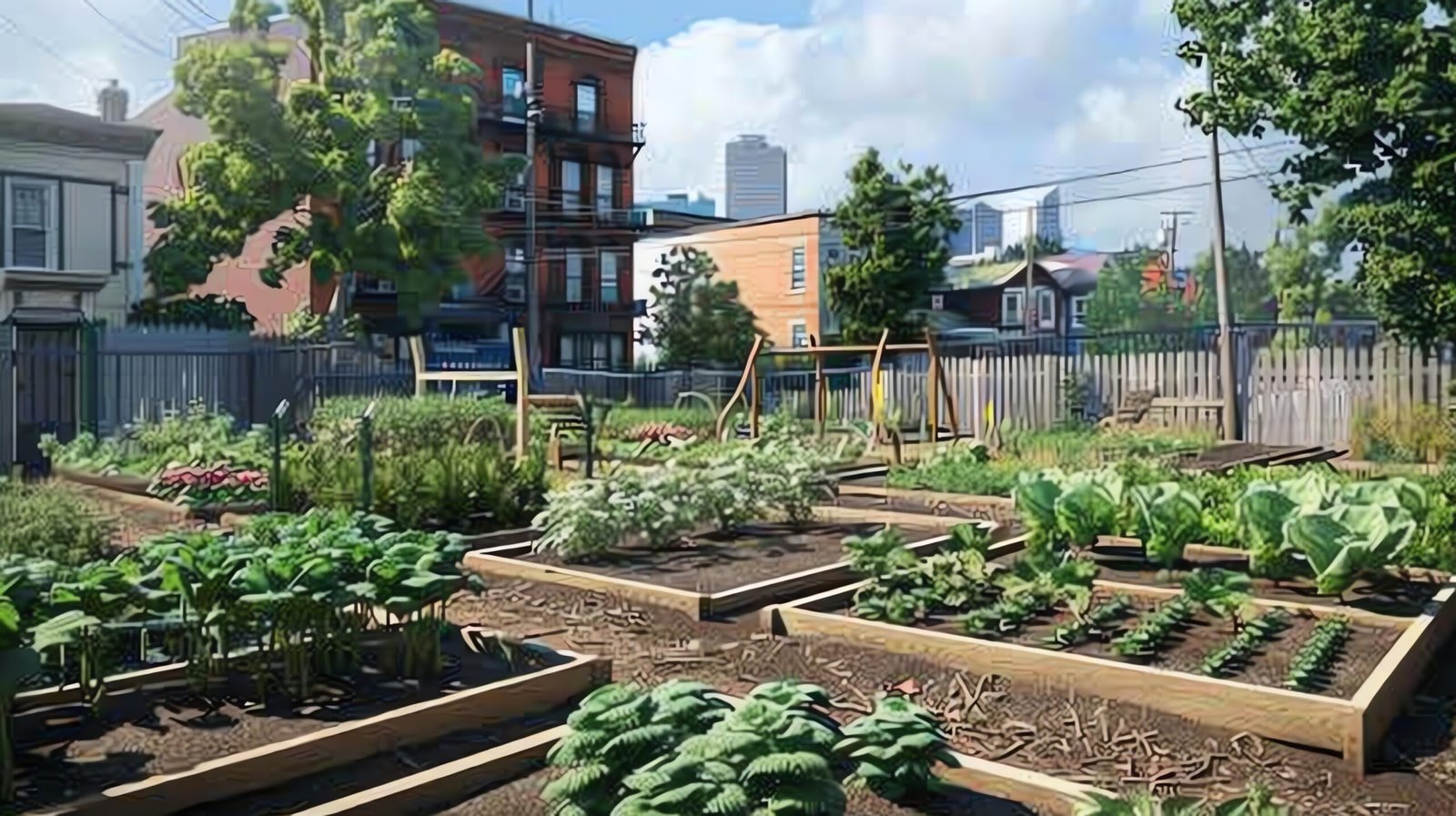
Make sure you can provide your vegetables with all they need to flourish before planting seeds.
Healthy Soil
Healthy, rich soil is essential for a productive garden. The ideal soil is crumbly, black, and has a nice balance of silt, clay, and sand. Ascertain the nature of your soil to ensure that it is not too sandy, silty, or sticky, and add more healthy soil if necessary.
The makeup of the soil is not as significant as its nutrient concentration. distribute two to three inches of new compost over the beds a few weeks before planting in the early spring, then turn it down so that it is at least six inches below the surface (some gardeners even distribute it in the fall to add extra vital nutrients). If you don’t generate your own compost at home, start looking for some to utilize. Alternately, add liquid fish emulsion, which is available at most garden stores, or worm castings, sometimes known as worm dung. If there are no worms in the soil, use a bunch of them.
To avoid using soil when growing on an elevated bed, cover the bottom with many layers of newspaper before adding soil on top.
Watering
The typical garden need a thorough watering every few days, unless it is raining. Consider where you will grow things based on how you will get water to them; for instance, if your hose can’t reach the other side of the house, you might want to grow them closer together. Be realistic about how far you can carry the water if you’re carrying it from inside. If you have the room, using rainwater to irrigate your crops is another low-impact alternative.
Preventing Pests and Disease
Regretfully, pests and illnesses may have an easier time getting into tiny plantings. Crop rotation combats pests and fungi, however tiny plots may not always allow for this approach. It is preferable to stop growing that crop (or related crops in the same family) for a year if you have an infestation or a major fungus problem.
To avoid fungal issues, water the soil rather than the foliage, and water early in the day to allow the leaves to dry out in the sun.
If you do have bothersome insects, remove them manually or use one of the numerous natural insect repellents available, such as neem oil, diatomaceous earth, fragrant herbs, or a dish soap and water spray. Plants should have fence or chicken wire surrounding them to keep out other pests like deer and rabbits. The fencing should be pushed at least 6 inches below the ground to prevent burrowing animals from accessing it.
Linnea, who currently resides in Brooklyn, New York, earned a bachelor’s degree in environmental studies and English from Skidmore College in 2019. Linnea has interned with Saratoga Living Magazine, WHYY in Philadelphia, the Sierra Club in Washington, DC, and most recently, Hunger Free America.
Linnea likes to read, write in German, hike and spend time outside, and volunteer for environmental justice initiatives in her town as well as on farms and gardens. She writes essays and creative nonfiction in addition to journalism Small Space Vegetable Gardening.

